
How to Use COPPER COIL - 30 TURNS: Examples, Pinouts, and Specs
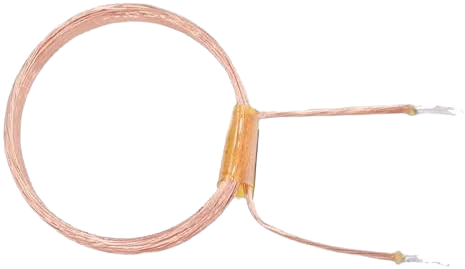
 Design with COPPER COIL - 30 TURNS in Cirkit Designer
Design with COPPER COIL - 30 TURNS in Cirkit DesignerIntroduction
A copper coil, also known as an inductor, is a passive electronic component that consists of a wire wound into a coil. When electricity flows through the coil, it creates a magnetic field. The 30-turn copper coil is a specific type of inductor that has 30 turns of copper wire. This component is commonly used in electronic circuits for applications such as electromagnetic induction, filtering, and energy storage.
Explore Projects Built with COPPER COIL - 30 TURNS
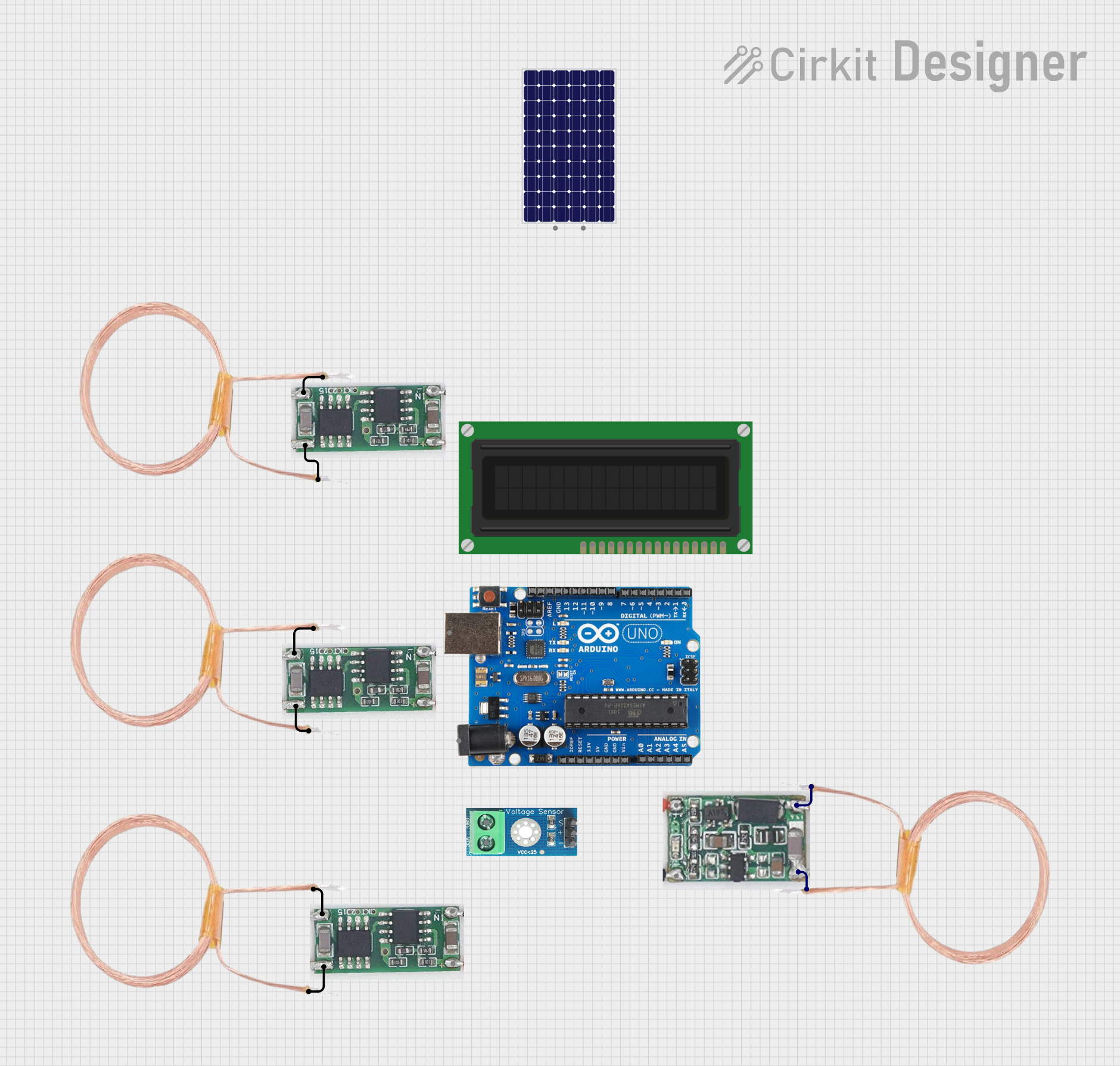
 Open Project in Cirkit Designer
Open Project in Cirkit Designer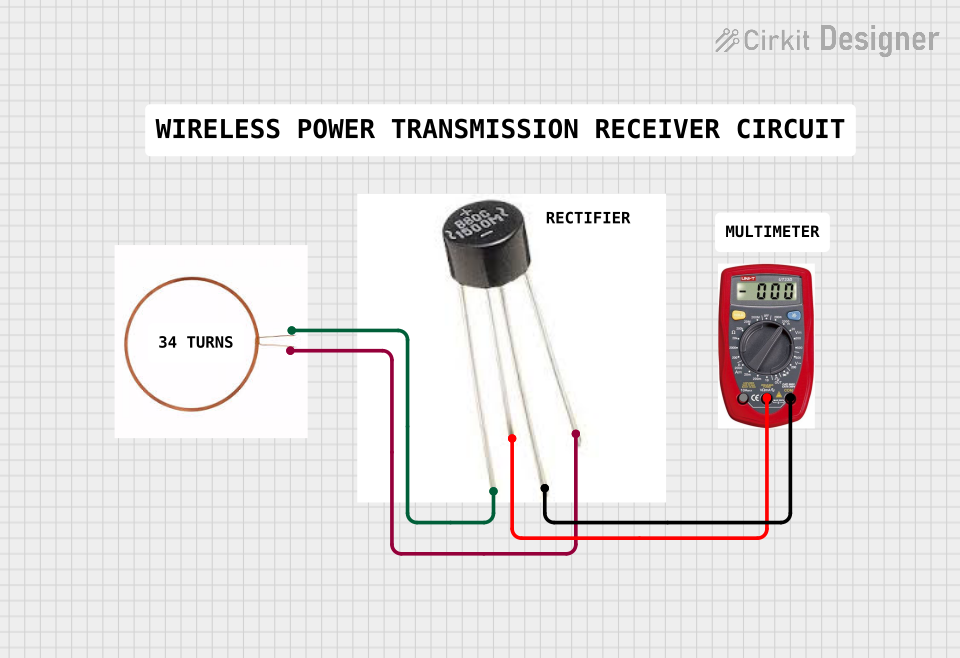
 Open Project in Cirkit Designer
Open Project in Cirkit Designer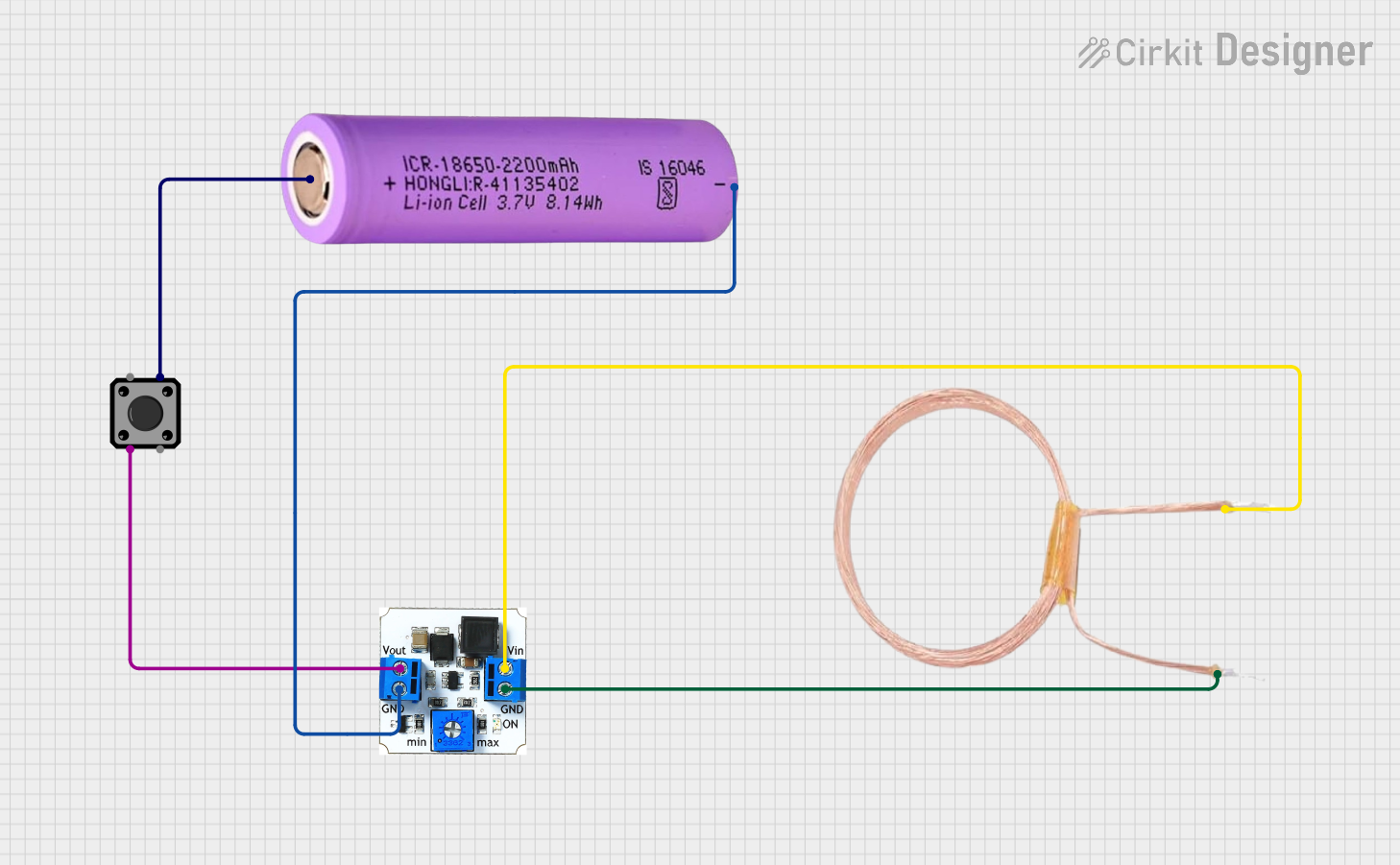
 Open Project in Cirkit Designer
Open Project in Cirkit Designer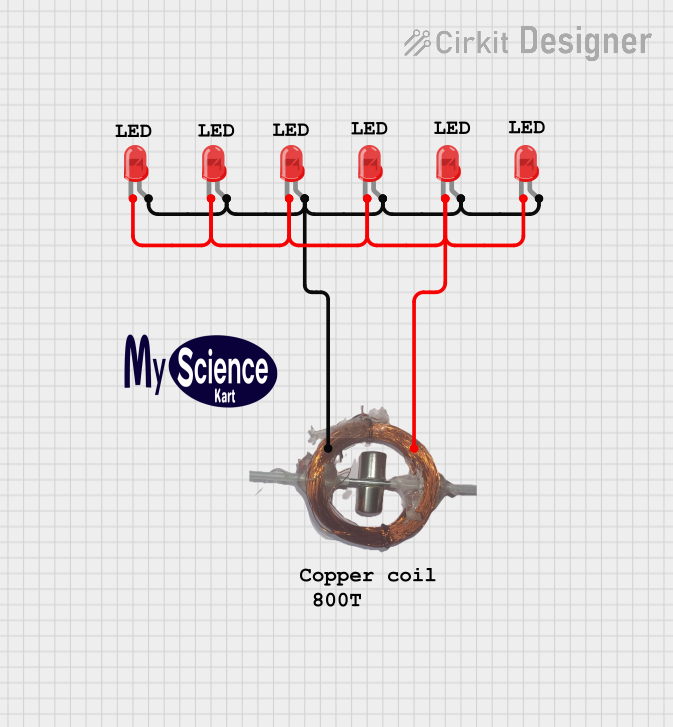
 Open Project in Cirkit Designer
Open Project in Cirkit DesignerExplore Projects Built with COPPER COIL - 30 TURNS

 Open Project in Cirkit Designer
Open Project in Cirkit Designer
 Open Project in Cirkit Designer
Open Project in Cirkit Designer
 Open Project in Cirkit Designer
Open Project in Cirkit Designer
 Open Project in Cirkit Designer
Open Project in Cirkit DesignerCommon Applications and Use Cases
- Electromagnetic projects (e.g., making electromagnets)
- Inductive sensors
- Radio frequency (RF) circuits
- Power supply circuits (e.g., inductors in buck and boost converters)
- Analog circuits (e.g., filters, oscillators)
Technical Specifications
Key Technical Details
- Inductance: Specified in henries (H), based on the number of turns and core material
- Wire Gauge: The thickness of the copper wire, which affects current carrying capacity
- Core Material: The type of material around which the coil is wound (e.g., air, ferrite)
- Resistance: The electrical resistance of the wire, typically in ohms (Ω)
- Current Rating: The maximum current the coil can carry without overheating
- Voltage Rating: The maximum voltage the coil can handle
Pin Configuration and Descriptions
Since a copper coil is a two-terminal component, it does not have a complex pin configuration. The two ends of the coil are simply the electrical connections.
| Pin | Description |
|---|---|
| 1 | Coil Start (Input) |
| 2 | Coil End (Output) |
Usage Instructions
How to Use the Component in a Circuit
- Identify the Coil Terminals: Locate the start and end of the coil.
- Connect to Circuit: Solder or connect the coil into the circuit according to the schematic.
- Observe Polarity: While coils typically do not have polarity, certain applications may require a specific orientation.
- Secure the Coil: Ensure the coil is properly secured to prevent movement, which could affect inductance.
Important Considerations and Best Practices
- Avoid Heat: Excessive heat can damage the insulation of the wire.
- Current Limit: Do not exceed the current rating to prevent damage.
- Secure Winding: Ensure the coil windings are tight and secure to maintain consistent inductance.
- Frequency Response: Be aware that the coil's inductance may vary with frequency.
- Parasitic Capacitance: Coils can have parasitic capacitance that affects high-frequency performance.
Troubleshooting and FAQs
Common Issues Users Might Face
- Heating Up: If the coil gets too hot, check if the current exceeds the coil's rating.
- Unexpected Inductance: Ensure the coil has not been deformed or damaged, as this can change its inductance.
Solutions and Tips for Troubleshooting
- Measure Resistance: Use a multimeter to check the coil's resistance for any signs of damage.
- Inspect for Physical Damage: Look for any signs of melting or deformation on the coil.
- Check Connections: Ensure that the coil's connections are solid and have good solder joints.
FAQs
Q: Can I change the inductance of the coil?
- A: Yes, by adjusting the number of turns or changing the core material.
Q: What happens if I reverse the connections?
- A: For most applications, reversing the connections will not affect the coil's function.
Q: Is it possible to use this coil for wireless charging?
- A: Yes, but it must be part of a properly designed circuit for wireless power transfer.
Example Arduino UNO Code
Below is an example code snippet for using the 30-turn copper coil as part of an RLC circuit connected to an Arduino UNO for impedance measurement.
// Define the analog input pin where the coil is connected
const int coilPin = A0;
void setup() {
// Initialize serial communication at 9600 bits per second
Serial.begin(9600);
}
void loop() {
// Read the voltage across the coil
int sensorValue = analogRead(coilPin);
// Convert the analog reading to voltage (assuming a 5V Arduino)
float voltage = sensorValue * (5.0 / 1023.0);
// Print out the voltage
Serial.println(voltage);
// Wait for a bit to avoid spamming the serial monitor
delay(500);
}
Note: This code is a simple example to read and display the voltage across the coil. For actual impedance measurement, additional circuitry and calculations are required.